
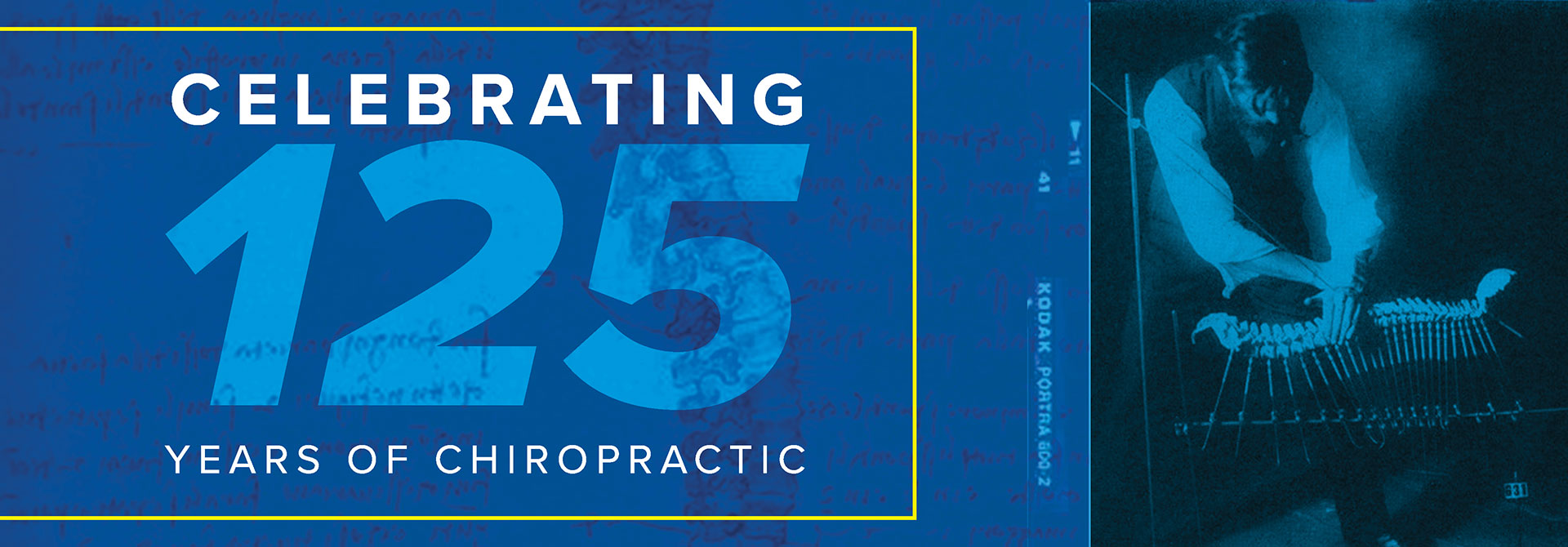
When D.D. Palmer made that first adjustment on Harvey Lillard in 1895, he could not have predicted that the chiropractic world would be celebrating his accomplishment in 2020, 125 years later. His son, B.J. Palmer, had a grand vision, but perhaps even he would be surprised by how far chiropractic has come.
In these next pages, learn with us about a few of the lesser-known but still pivotal figures in the history of both chiropractic and Life West. Get a taste for the amazing journey that has brought that first chiropractic adjustment this far, now a thriving pillar of the health care industry that cares for people around the world. Get to know some of the historic men and women who had a hand early on in shaping the future of chiropractic.

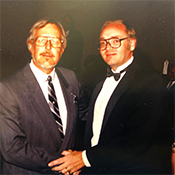
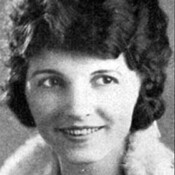
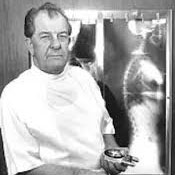
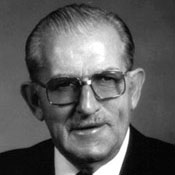
His work focused on the relationship between the upper cervical spine (neck) and its profound influence on the central nervous system and brain stem function. Dr. Gregory formed the National Upper Cervical Chiropractic Association (NUCCA) organization in 1966. Until his death in 1990, Dr. Gregory continued to develop the procedure by researching and instituting critical changes that continue to be used with NUCCA chiropractic practices today.
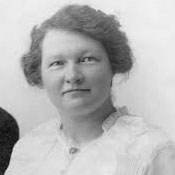
Believed to have been the first chiropractor in Canada in 1907, her children recall having regular adjustments. Her oldest son, Joshua Haldeman, was on the first board of directors of Canadian Memorial Chiropractic College in 1944, and was responsible for a chiropractic act passed in 1943.
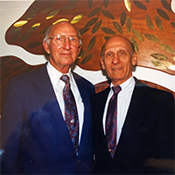
The last two chiropractors who spent time in jail for defying an order to stop practicing without a license, they went to jail for 6 months in Louisiana, even though chiropractic legislation had been passed in 1974. They were arrested just before the law was enacted and immediately went back to practicing, so the judge ordered them to serve time for defying the initial order.
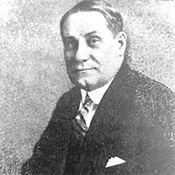
A Wisconsin attorney from Canada, Morris was the first to successfully defend chiropractic in 1907. His law firm later defended thousands of chiropractors around the country who were charged with “illegal practice of medicine.”
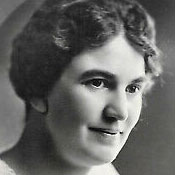
B.J.’s wife and a Palmer graduate, Mabel Heath Palmer was the school’s treasurer and a faculty member. Mabel is known as The First Lady of Chiropractic. She was also secretary of the Palmer School of Chiropractic and taught anatomy for about 40 years. In 1927, she was elected president of Quota International, one of the largest women’s service organizations, and was also president of the Business & Professional Women’s Clubs of America. She was also the charter president of the first chiropractic undergraduate sorority, Sigma Phi Chi, and she authored Chiropractic Anatomy, which looked at anatomy through an innate intelligence lens.
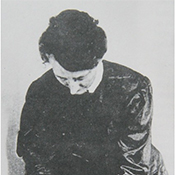
Minora C. Paxson is perhaps second only to Mabel Palmer among well-known early women in chiropractic. She was the third woman to study under DD Palmer. Her name recognition among the profession is largely attributable to her involvement with Oakley Smith and Solon Langworthy as a co-author of the two-volume 1906 text, Modernized Chiropractic. She was a member of the chiropractic school faculty and the first chiropractor ever to receive a state license to practice.

The founder of Ratledge Chiropractic College in Los Angeles in 1911, he studied at Carver College in 1907 and studied under DD Palmer. He was instrumental in getting the first law in the nation to license chiropractors passed in Kansas in 1913. He also worked to win licensing for chiropractors in California in 1920-22. He was able to influence the law-making process by going to jail for his beliefs, which is attributed to helping pull in voters who passed the law by popular vote.
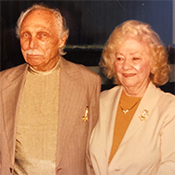
Herber Reaver: Known as the most jailed man in the history of chiropractic, Dr. Reaver and his wife, Millie, ran practices in Ohio, where he was arrested 12 times in the 1930s and ’40s, and later in Florida. Dr. Reaver worked with baseball players during spring training while living in Florida, until moving back to Ohio in 1975. His wife calls him the original sports chiropractor.

Founder of the Rubel College of Chiropractic, Dr. Fred Rubel was the first known black chiropractor. He graduated from National College of Chiropractic (now National University of Health Sciences) in 1913. In an effort to diversify the health care system, he opened the “first chiropractic school of the race” in 1914 in Alabama, which allowed people of all ethnicities, races and backgrounds to enroll.

One-half of a husband and wife chiropractic team from New York, she and her husband, Mack, were jailed for refusing to say they would stop practicing in 1949. They were arrested many times for practicing without a license, and later received the first Chiropractor of the Year award in 1950 from the ICA.
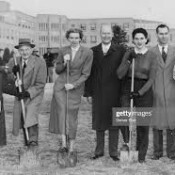
He used a mobile trailer to offer free clinics for poor children in Denver in the 1930s and built the Spears Chiropractic Hospital during WWII, accomplishing something BJ Palmer had also set out to do. The hospital, founded in 1943, was the largest chiropractic hospital in the world with more than 500 beds. It closed in March 1984 and was demolished in 1993. Dr. Spears was a chiropractic pioneer and crusader, fighting medical and local authorities throughout his career for the right to practice chiropractic.
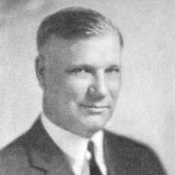
His Chiropractic Textbook has become a classic in the field of chiropractic theory and chiropractic philosophy. The book summarizes chiropractic philosophy and introduces the iconic 33 principles. Dr. Stephenson’s text is still studied by chiropractors who seek to understand chiropractic’s original paradigm.

J. Clay Thompson, the man behind the Thompson Technique, realized early in practice that traditional adjusting methods and tables caused fatigue for chiropractors and, at times, discomfort for patients. His understanding of biomechanics and Newtonian physics helped him to develop a system of analyzing full-spine subluxations and adjusting them with a low-force method. Thompson developed a side posture table with the headpiece mounted on an auto jack from a Ford Model T while he was studying at PSC. He was granted a process patent for the drop headpiece in 1954.
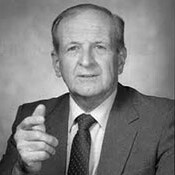
He was one of five chiropractors who filed an antitrust suit against the American Medical Association and 10 other medical associations to stop a boycott of chiropractic. The Wilks et al v. AMA et al verdict finally turned the tide – in 1987, following 11 years of legal action, a federal appellate court judge ruled that the AMA had engaged in a “lengthy, systematic, successful and unlawful boycott” designed to restrict cooperation between MDs and chiropractors in order to eliminate the profession of chiropractic as a competitor in the United States health care system.

